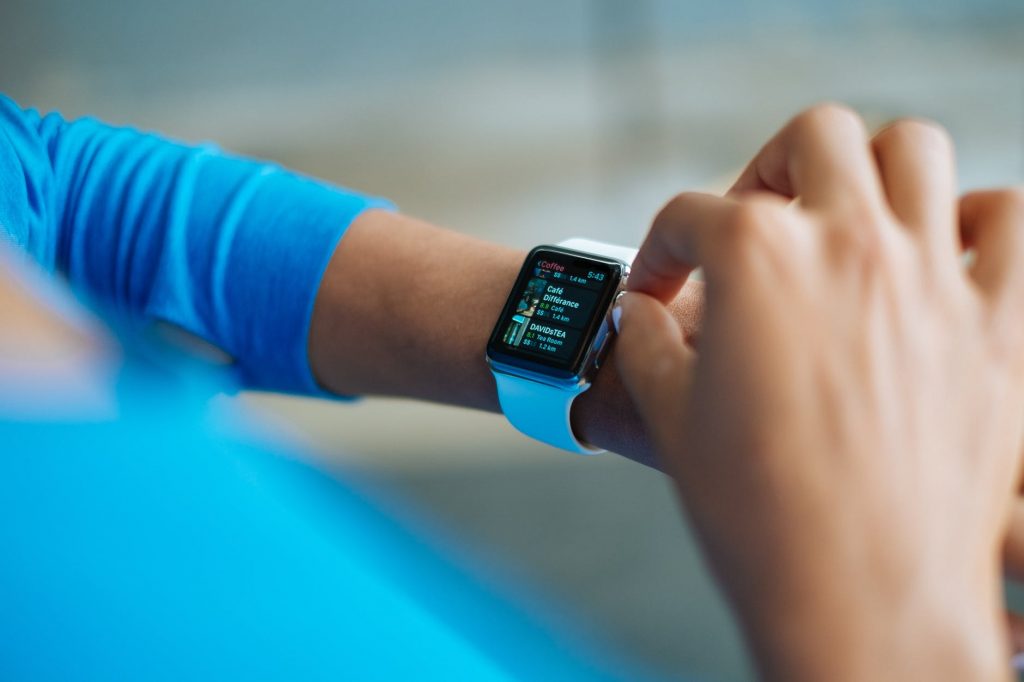Using Technology to Increase Safety at Work

Workplace security for workers has gained widespread attention and concern due to the significant health and security dangers it poses for employees. Structure and mining businesses, for example, often have offices where deaths and accidents are widespread, placing companies under significant security into accepting responsibility for ensuring that the protection of the workers.
How can technology enhance workplace safety?
Using tech to Increase Security:
Travelling workers are utilising non-intrusive technologies to track their security. See the way to minimise danger to your company while keeping workers safe.
Whenever tech is cited in the context of the company, one generally assumes that the aim is to advance IT plan or improving employee productivity. But technology for the purposes of health and security is gaining greater traction and at the forefront of safety plans.
Employers have recourse to numerous software applications that may empower them to incident reporting, OSHA record-keeping, medical and leave management, worker security tracking, instruction, and coverage, and employee compensation. While technology continues to be preventing employee deaths and accidents for several decades, the development of sophisticated instruments and gadgets provides a new outlook on how workplace security can be further enhanced.
3D Visualisation Technology
3D visualisation applications technology is enabling workers to become more conscious of the office environment and its associated risks. The program works by generating lifelike pictures of the surrounds.
Recording the picture together with two angles. This brings about enormous advantages for companies for training their employees in utilising 3D visualisation applications for any particular environment. New offices and surroundings can easily be recreated and envisioned, allowing employees to understand the risks and introduce fall prevention training beforehand. It may further educate managers on what security equipment and substances employees would need to guarantee no casualties or accidents occur.

Using High Speed Communicating and Real-time Information Technology
Another way technology may be used to increase workplace security is by harnessing the advantages of high-speed communicating. Employees that need to work in remote and isolated surroundings, experience many dangers. By way of instance, sales employees, that are expected to travel domestically and overseas are incredibly likely to encounter situations of vandalism, theft, kidnapping, and illness.
Because of this, companies can find it challenging to guarantee the protection of the employees in these conditions to adapt to high employee health and safety criteria. But using innovative reporting tools which could collect real-time information and transfer data, companies are going to be in a significantly better place to stay updated about the health and security status of the workers. Nowadays they could use exceptionally responsive communication technologies which notify human resources staff of any risks.
Journey Management Programs
The prospect of travelling work could be hard to say the very least, mainly if there are significant dangers involved while flying, driving, or with any way of transportation to another place. That is the reason travel management can let companies to be immediately alerted when an employee hasn’t checked-in in their scheduled time.
Wearable Technology
Many companies are choosing wearable technologies to help track their workers’ physical activities and movements. Wearable technologies may be worn on top of clothes and are attached to the body. These types of wearable technology make it possible for workers to be alerted to potential dangers, such as heat stroke for outside employees, or heart rate levels for people doing a strenuous job. Tracking the movements of workers, such as bending, twisting, or repetitive movements makes it a lot easier to collect data about methods to alter the work procedure to prioritise fall prevention.





